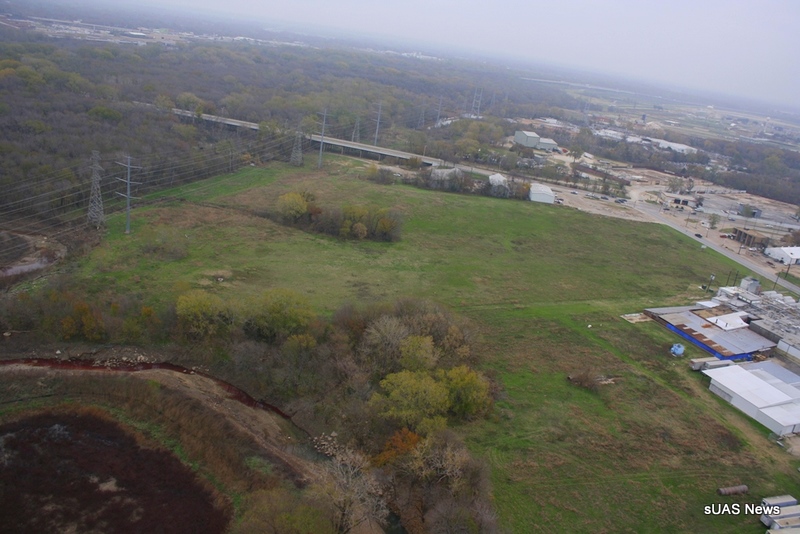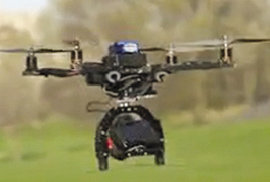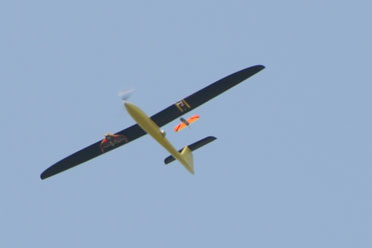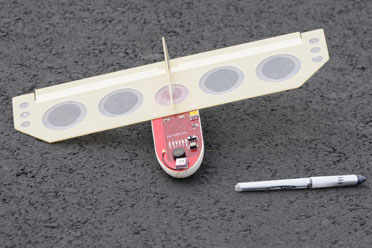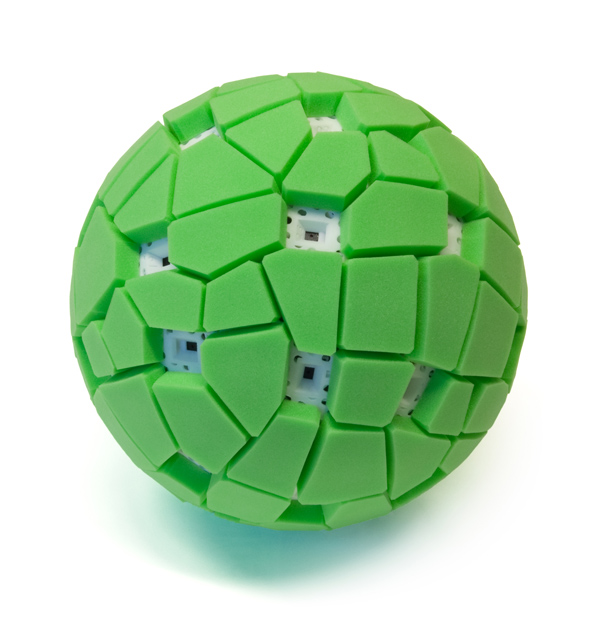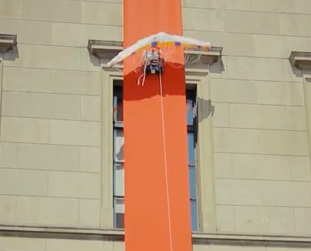A new white paper at sUAS News by Leonard Ligon and Tim Adelman, Attorney at Law might be of interest to all here.
This article addresses aviation law as applied to Unmanned Aircraft (UA) operating within the United States (US) National Airspace System (NAS). It further presents a review of the Federal Aviation Administration’s (FAA) authority to regulate UA flight operations by a government user (tribal, local, State or Federal). In addition, it touches on the liability of conducting UA flight operations in the NAS.
The FAA obtains its authority to regulate the NAS through statutes enacted by Congress. Therefore, any analysis of the FAA’s authority should begin with a review of the United States Code (USC). Based on statutory authority, the FAA’s responsibility is to implement regulations which carry out Congress’s intent.
Title 49 of the USC relates to Transportation. Subtitle VII relates to “Aviation Programs” and Part A of Subtitle VII relates to “Commerce and Safety.” It is in this section wherein the FAA obtains its authority to regulate the NAS.
49 USC §40103(b) states that “The Administrator shall prescribe air traffic regulations regarding the flight of aircraft for:
(A) Navigating, protecting, and identifying aircraft;
(B) Protecting individuals and property on the ground;
(C) Using the navigable airspace efficiently; and
(D) Preventing collision between aircraft, between aircraft and land or water vehicles, and between aircraft and airborne objects.”



